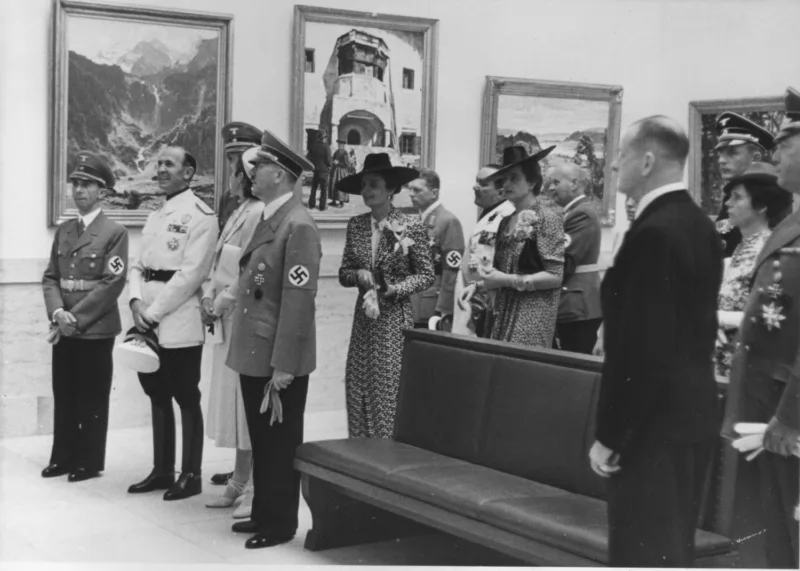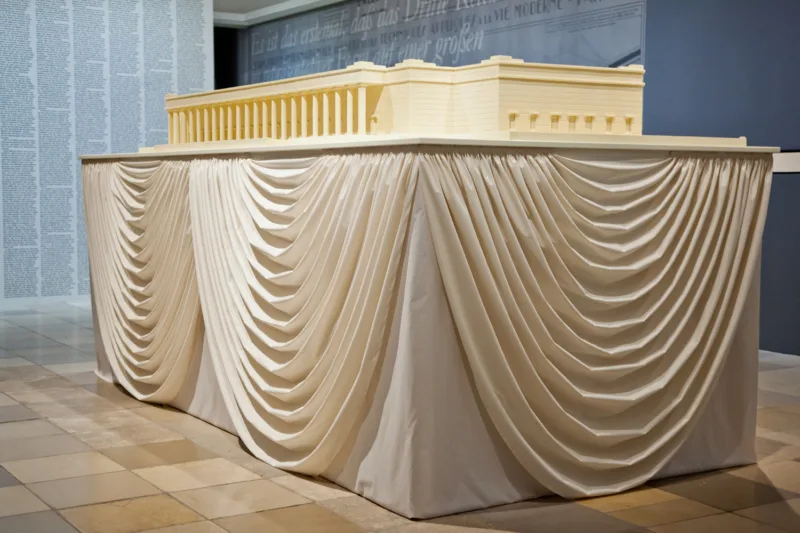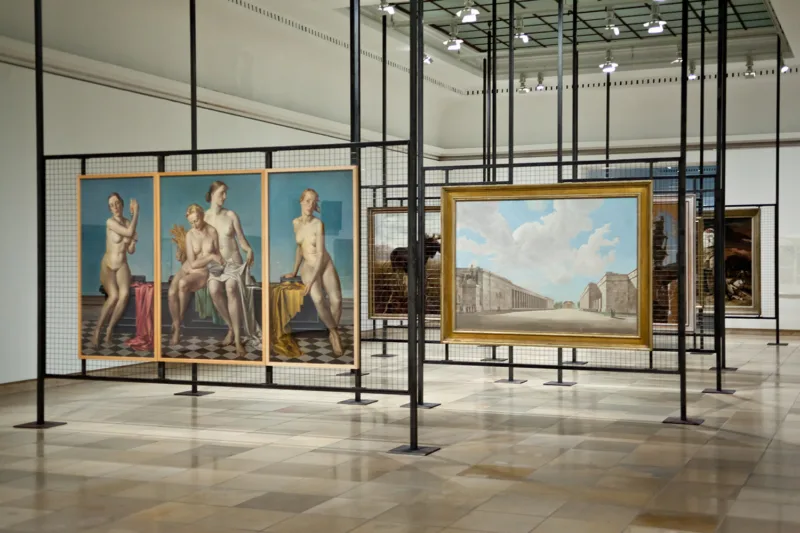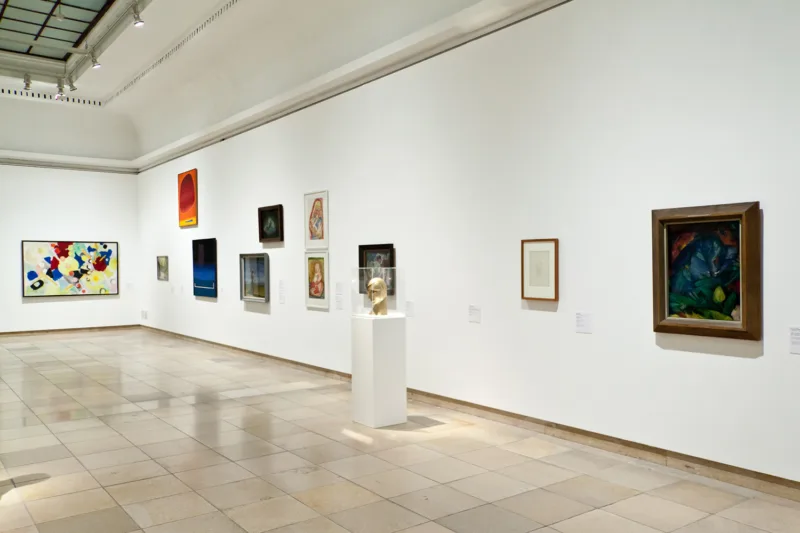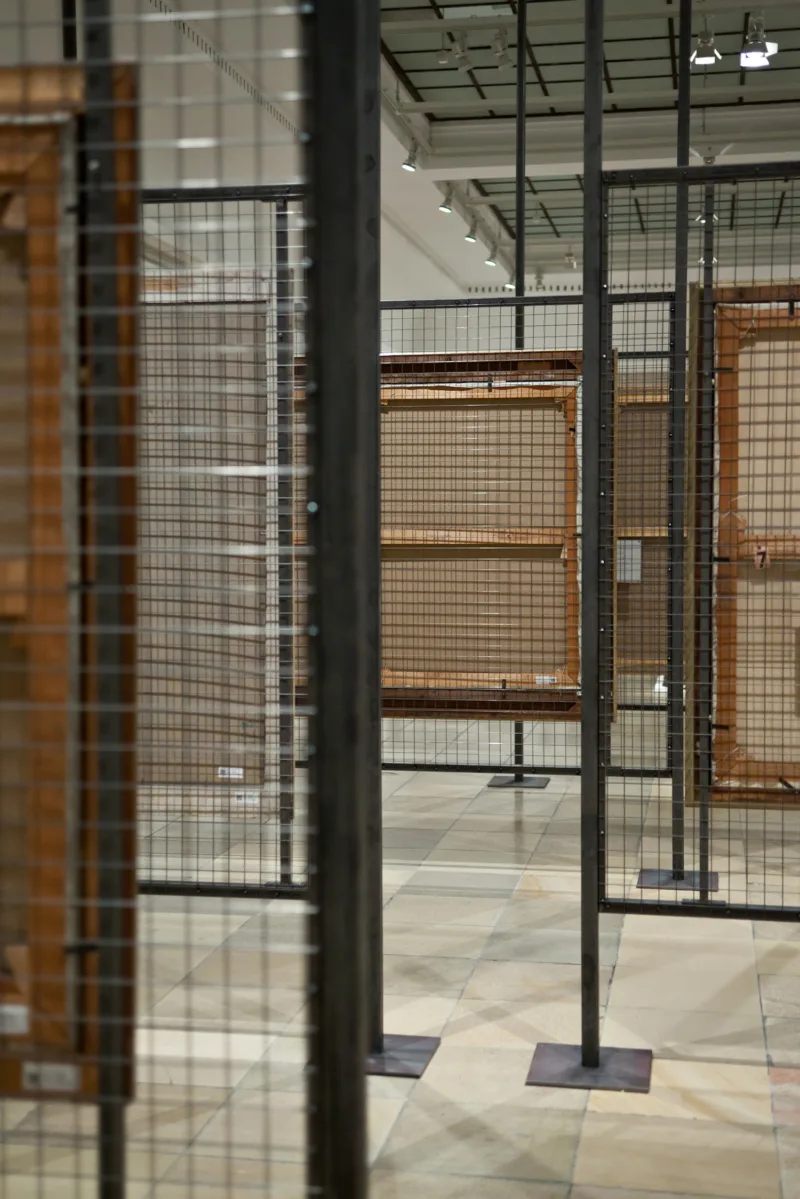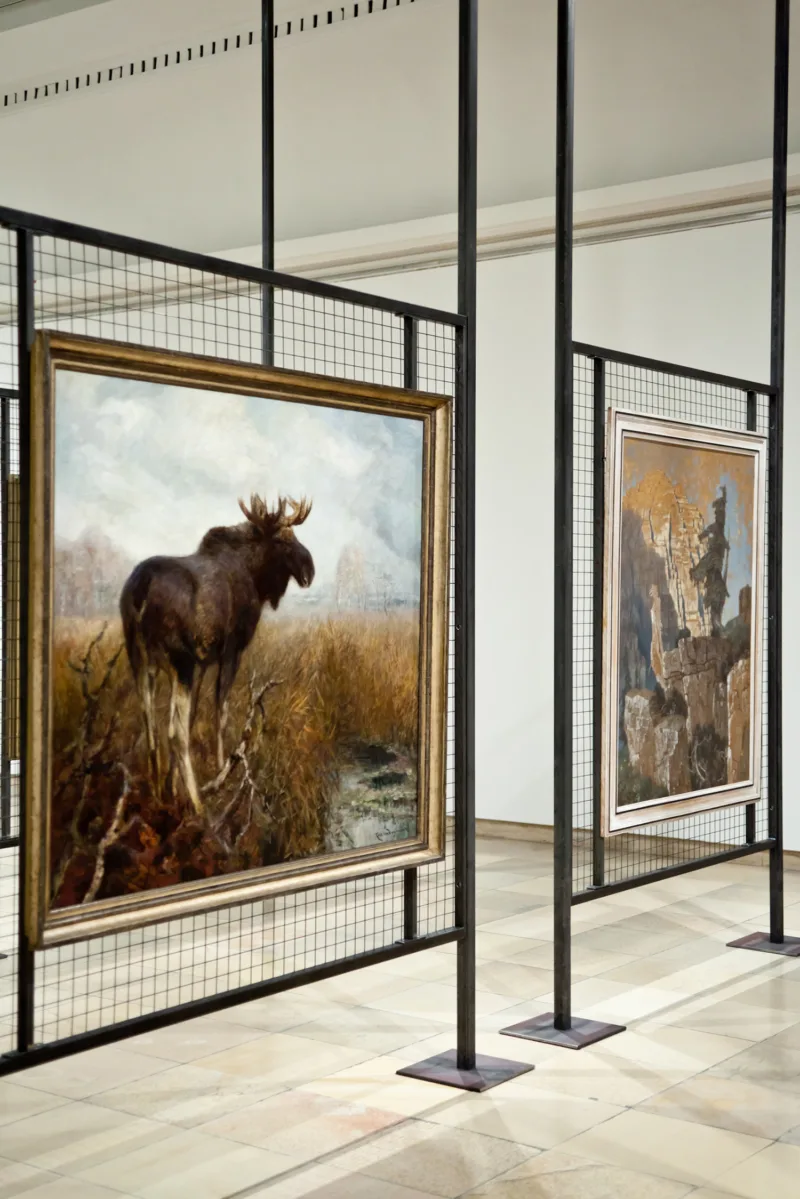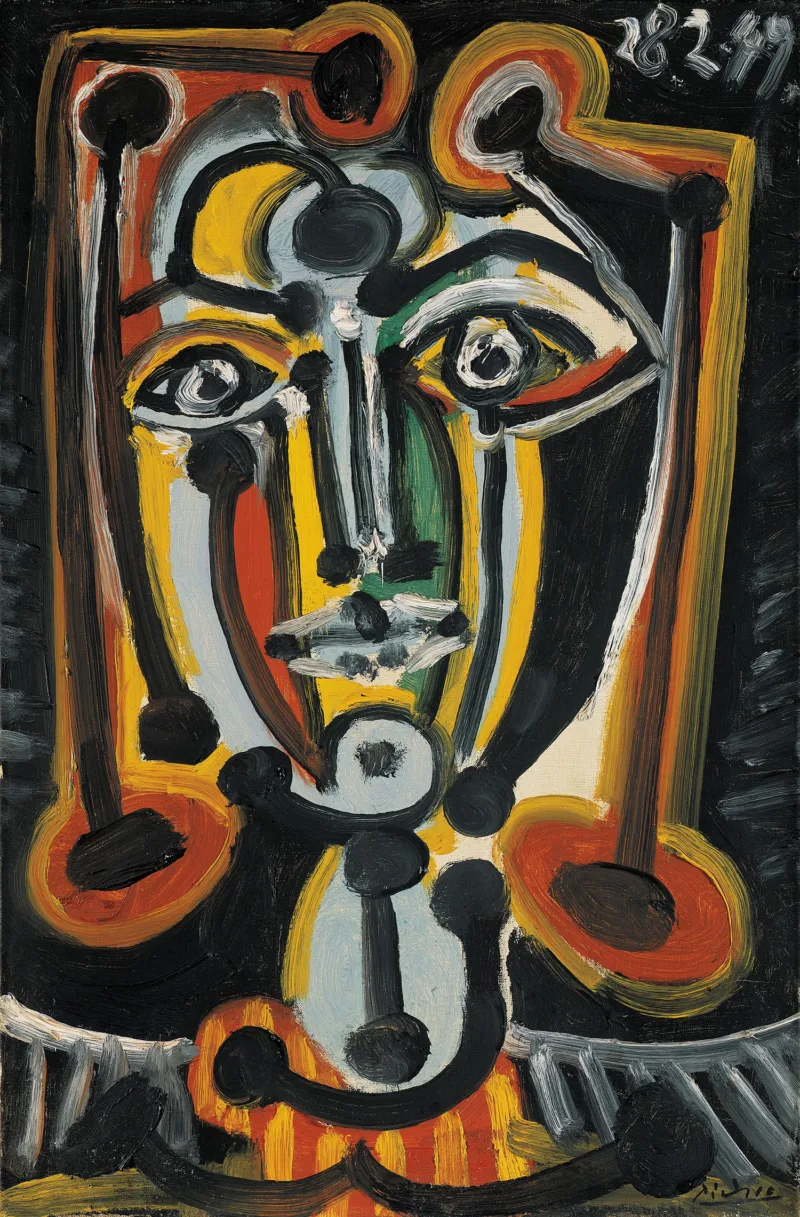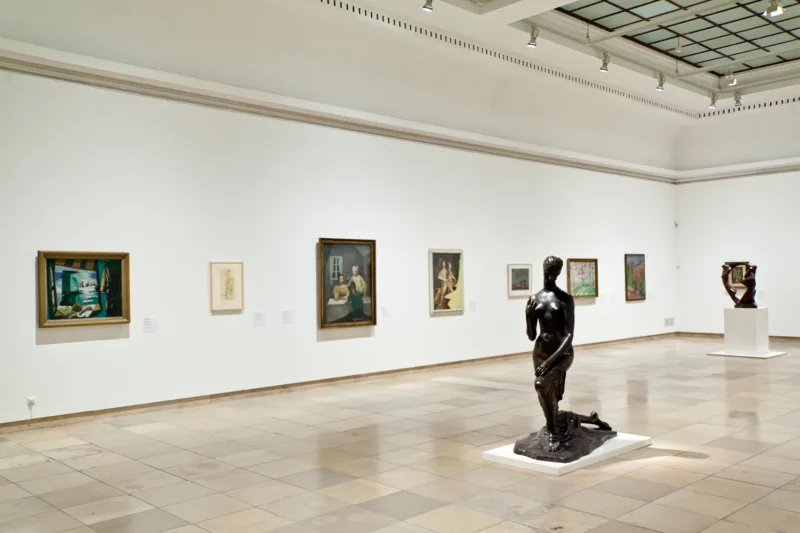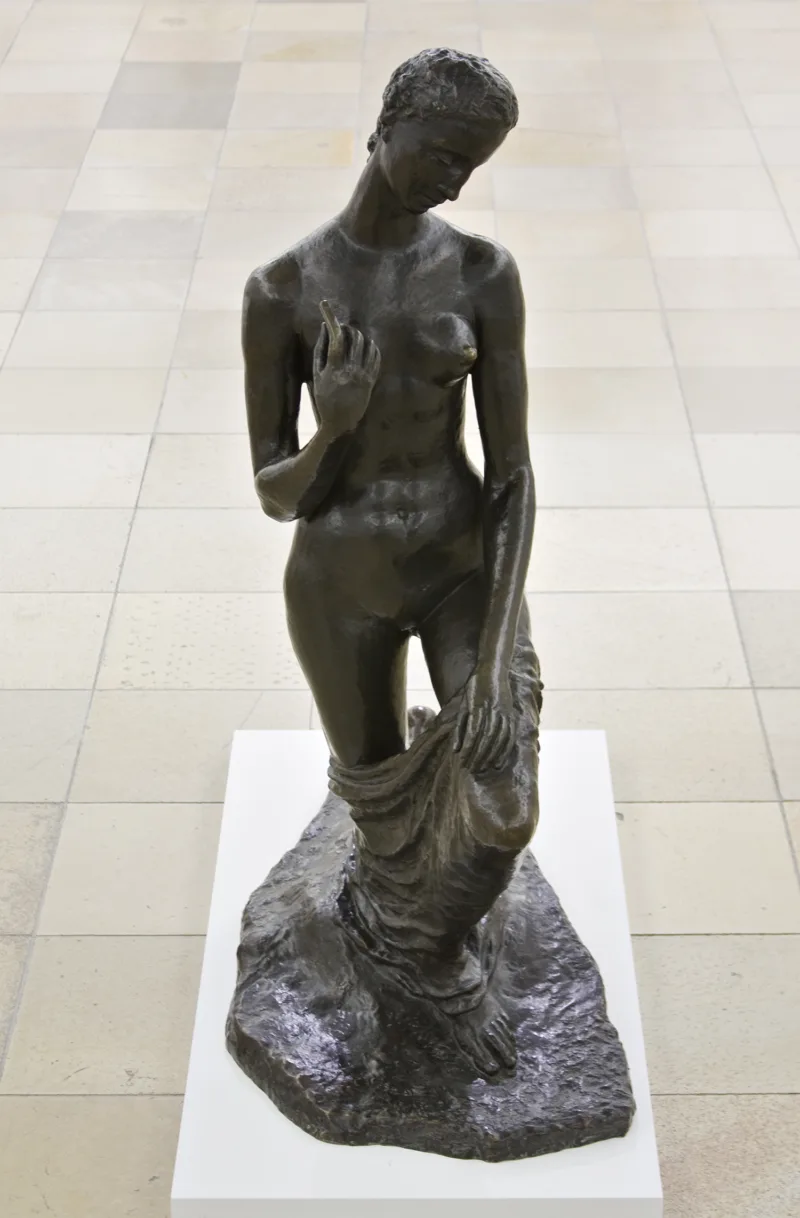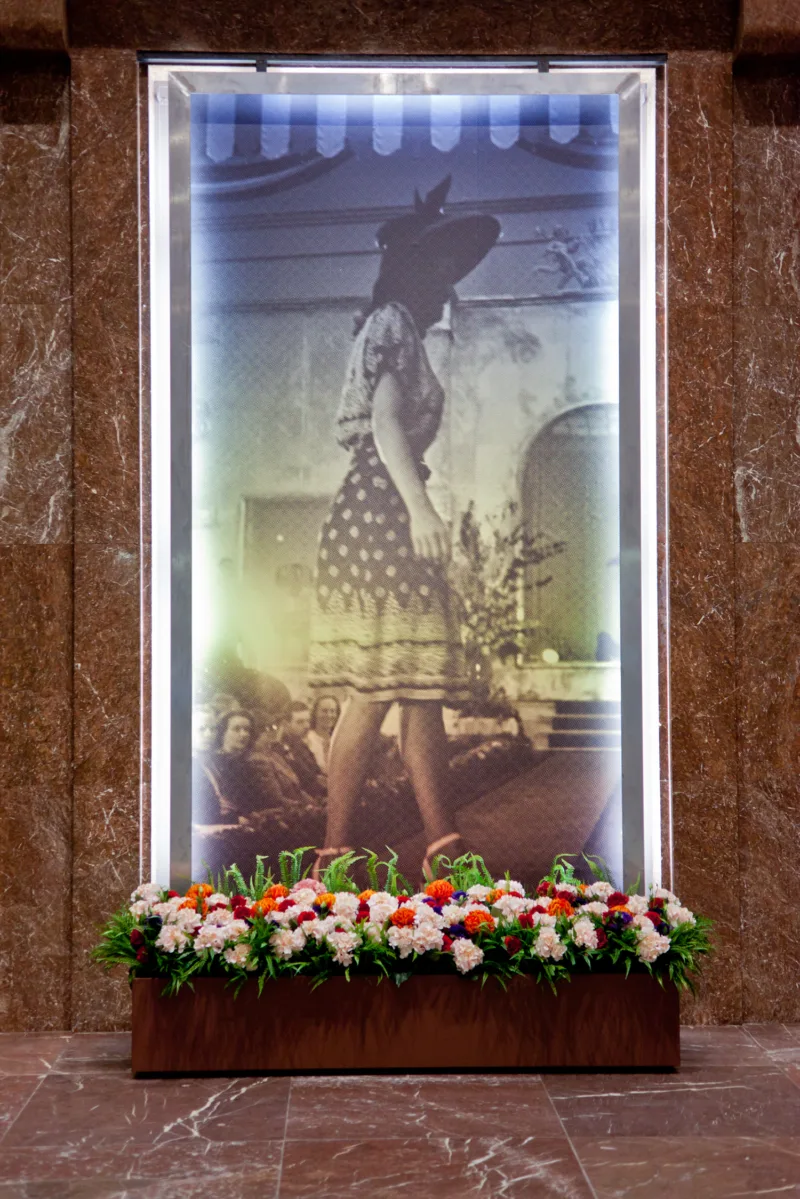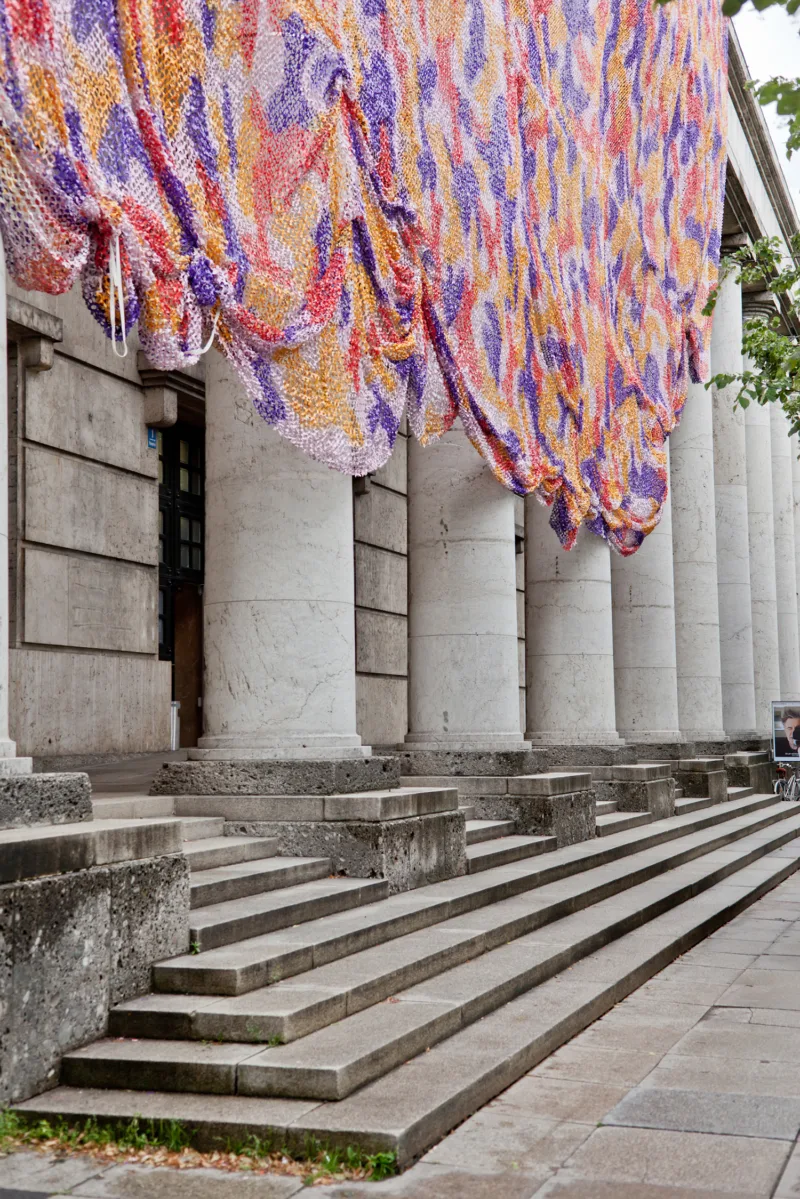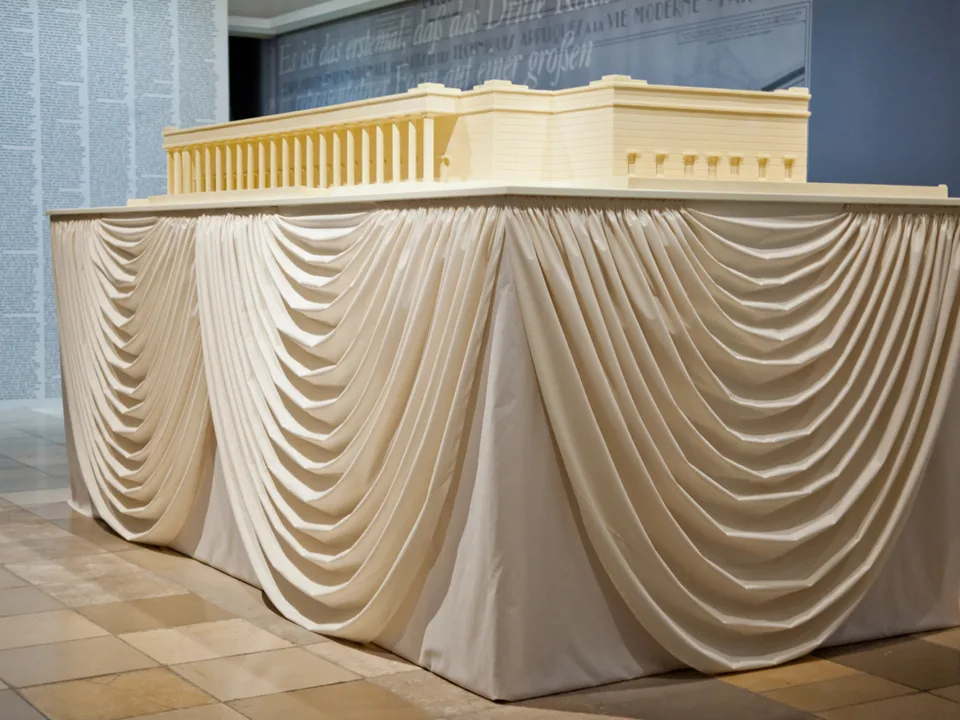"This year Haus der Kunst marks the seventy-fifth anniversary of its public opening. This anniversary gives us the opportunity to reflect on the historical legacy of the museum, especially on the building as an icon of ideological power; on the various positions of art through its history and the stories of what it is today."(Okwui Enwezor, 2012)
With the exhibition "Histories in Conflict: Haus der Kunst and the Ideological Uses of Art, 1937-1955," Haus der Kunst commemorates the 75th anniversary of its opening in the summer of 1937. This date serves as the basis for the examination of its own past and the contemplation about the complex historical processes that produced Haus der Kunst in its present form.
The exhibition's historical parameters are 1937 and 1955. This was a period of social and political development, whose beginning was marked by National Socialist ideology and end was characterized by the early days of West Germany's transformation to a democratic constitutional state. During these eighteen years, not only did the contextual orientation of Haus der Kunst change decisively, but the cultural-historical changes taking place also paved the way for its further development as an international exhibition venue. Today Haus der Kunst plays a formative role in the discussion about relevant positions in contemporary art.
Built as the "House of German Art," Haus der Kunst was erected between 1933 and 1937 according to the plans of Adolf Hitler's favorite architect, Paul Ludwig Troost. The Neo-Classical building was a symbol for the assertion of National Socialist art policy. While an exhibition here celebrated a predominately conservative realism as the only true "German" art, Modernism was condemned as "degenerate" and denied its right to existence. Significantly, the opening of the vilifying show "Degenerate Art" took place in the Gallery Building on the Hofgarten the day after the pompous inauguration of the "House of German Art." The banning of this art by cultural policy left a void, which efforts following the war quickly tried to fill. Haus der Kunst once again became a symbol, this time for the return of Modernism to the place where Hitler's cleansing crusade against the avant-garde had begun. The most important exhibitions during this period included "The Blue Rider" (1949), "Painters at the Bauhaus" (1950), Max Beckmann (1951), Frank Lloyd Wright (1952), Wassily Kandinsky, Paul Klee (1954), as well as the Picasso retrospective in 1955.
"Histories in Conflict" investigates the stages of the institution's history in the context of political and cultural transformations, as well as their international parallels and references. Major exhibitions, which were decisive for the topography of 20th century art and which included the 1937 Paris World's Fair, the Venice Biennales and the first documenta in 1955, are the coordinates of the international dimension of Haus der Kunst's history. The exhibition "Histories in Conflict" thus explores the relationships between the "Great German Art Exhibition" and the vilifying show "Degenerate Art," or, for example, between Albert Speer's German pavilion for the Paris World's Fair, in which a model of the House of German Art was exhibited, and the Spanish pavilion, in which Picasso's Guernica – an icon of anti-war art – was on view. Both the exhibition "Picasso" in Haus der Kunst, which presented the painting Guernica for the first time in Germany, and Arnold Bode's documenta 1 took place in 1955. By exhibiting works by artists who had been condemned in the "Degenerate Art" exhibition in 1937, Haus der Kunst aimed to reconnect with international modernism.
"Histories in Conflict" depicts, in an exemplary manner, what Okwui Enwezor understands a "reflexive museum" to be: committed to contemporary art, while simultaneously examining and mediating the historical dimension of the contemporary. For the exhibition, Haus der Kunst invited the Swiss conceptual artist Christian Philipp Müller to develop a dramaturgy which traces the building's history.
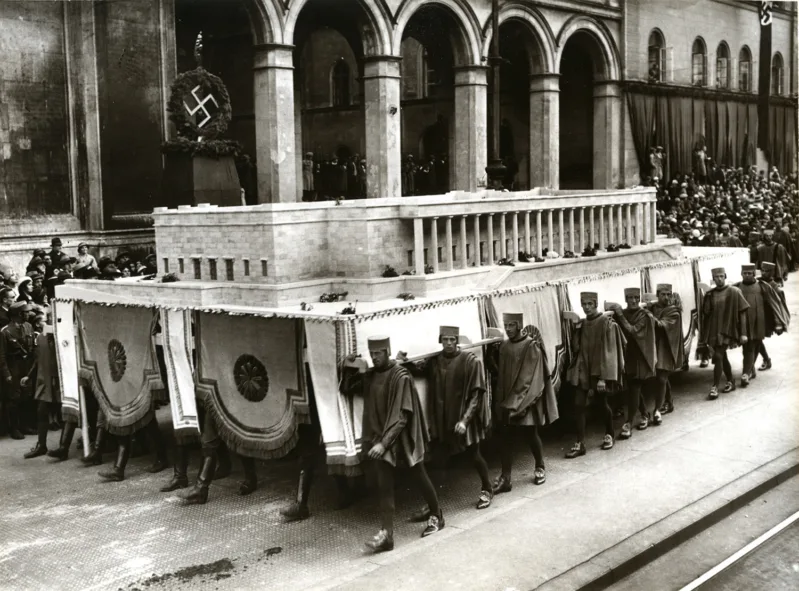

![Model of the "House of German Art" on view in the German pavilion of the Paris World Expo, May 24 to November 25, 1937 Interior view (podium of honor; left Die vier Elemente [The Four Elements] by Adolf Ziegler) Photography by Heinrich Hoffmann Bayerische Staatsbibliothek München/Fotoarchiv Hoffmann](https://www.hausderkunst.de/uploads/fragments/images/Import/_artPracticeFullWidthImage/10580/Modell-HdDK-im-Deutschen-Haus-der-Weltausstellung-1937_01_2023-06-20-160227_xdla.webp)
